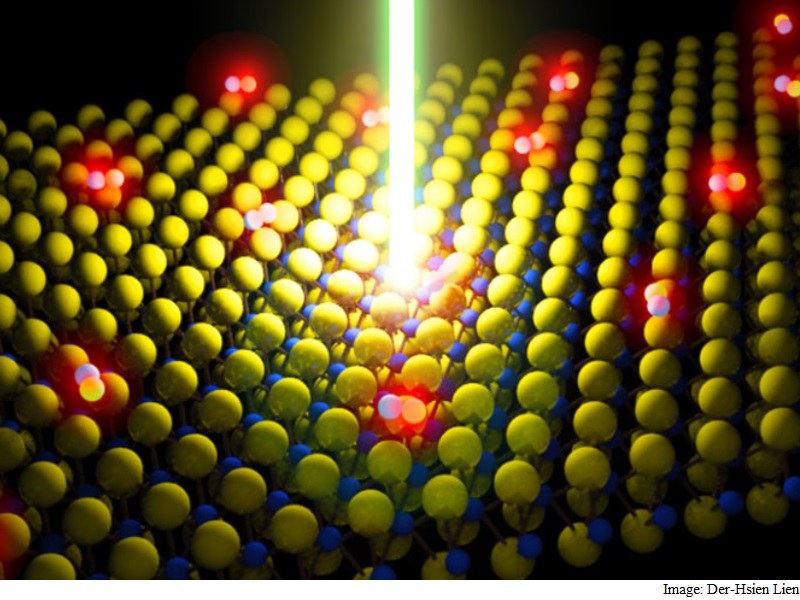
University of California - Berkeley
researchers have discovered a simple way of
making monolayer semiconductors - which
are less than a nanometre thick - more
efficient and defect free.
The finding opens the door to the practical
application of monolayer materials, such as
MoS2, in devices like LEDs and high-
performance transistors.
"One could develop high-performance LED
displays that are transparent when powered
off and flexible using the 'perfect'
optoelectronic monolayers produced in this
study," the researchers said.
Monolayer semiconductors have generated a
great deal of buzz as they hold promise in
the development of transparent LED
displays, ultra-high efficiency solar cells,
photo detectors and nanoscale transistors.
But the films are notoriously riddled with
defects, killing their performance.
The UC-Berkeley team found a simple way
to fix these defects through the use of an
organic superacid.
The chemical treatment led to a dramatic
100-fold increase in the material's
photoluminescence quantum yield, a ratio
describing the amount of light generated by
the material versus the amount of energy
put in.
The greater the emission of light, the higher
the quantum yield and the better the
material quality.
The researchers enhanced the quantum
yield for molybdenum disulfide, or MoS2,
from less than one percent up to 100
percent by dipping the material into a
superacid called bistriflimide, or TFSI.
"Traditionally, the thinner the material, the
more sensitive it is to defects," said
principal investigator professor Ali Javey.
"This study presents the first demonstration
of an opto-electronically perfect monolayer,
which previously had been unheard of in a
material this thin," Javey added.
This treatment also has revolutionary
potential for transistors. As devices in
computer chips get smaller and thinner,
defects play a bigger role in limiting their
performance.
"The defect-free monolayers developed here
could solve this problem in addition to
allowing for new types of low-energy
switches," Javey said.
The study was published in the journal
Science.
Source: Transparent, Brighter LEDs May Soon Become a Reality | NDTV Gadgets360.com
